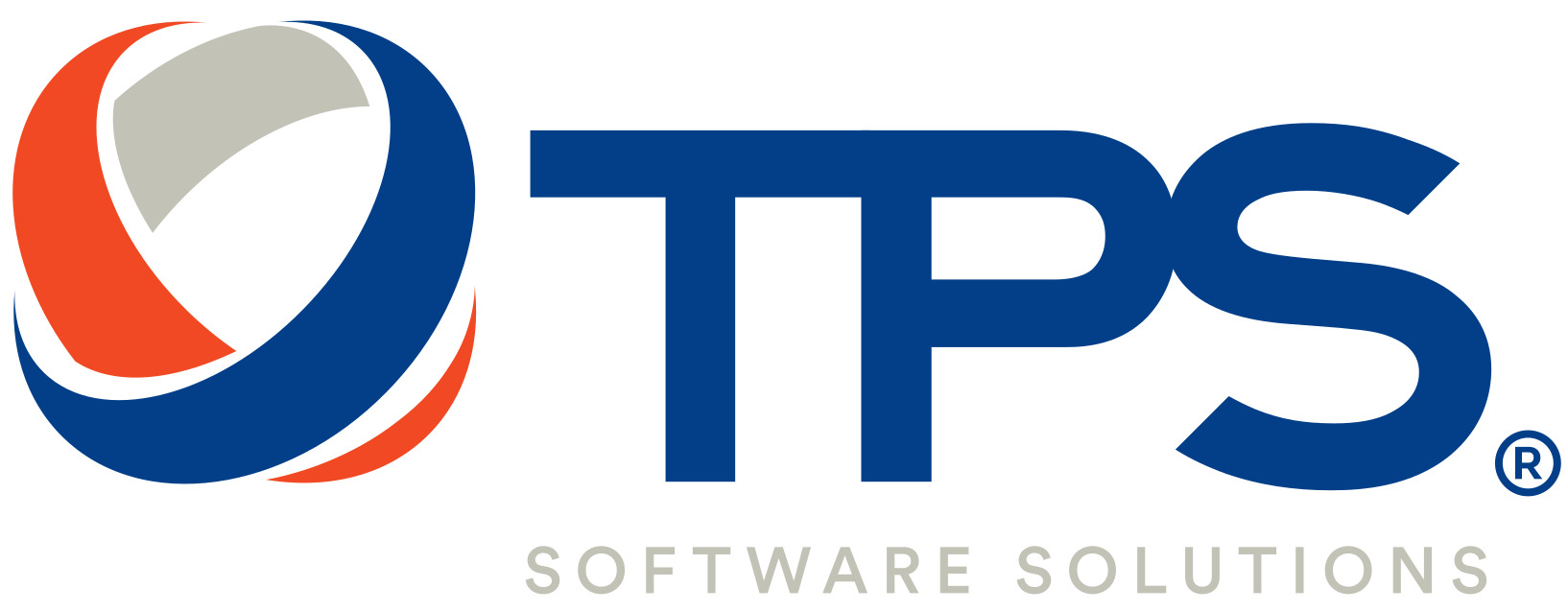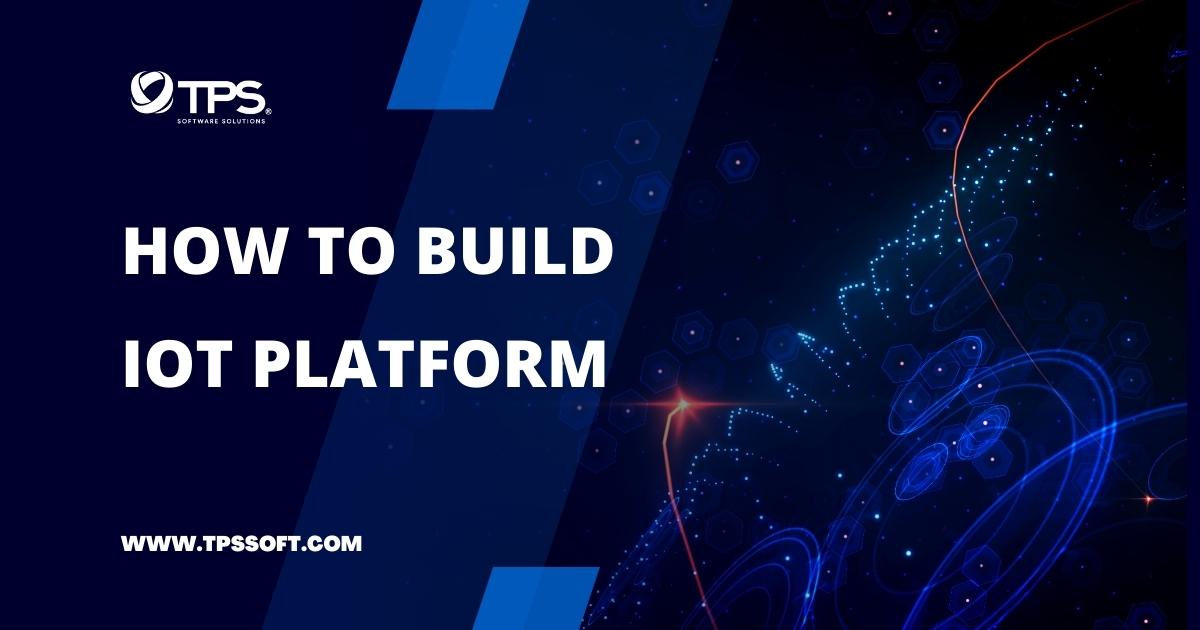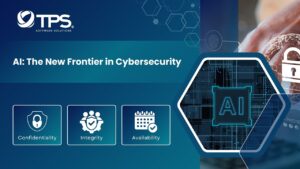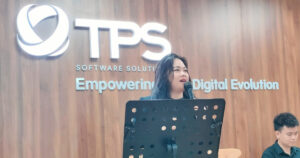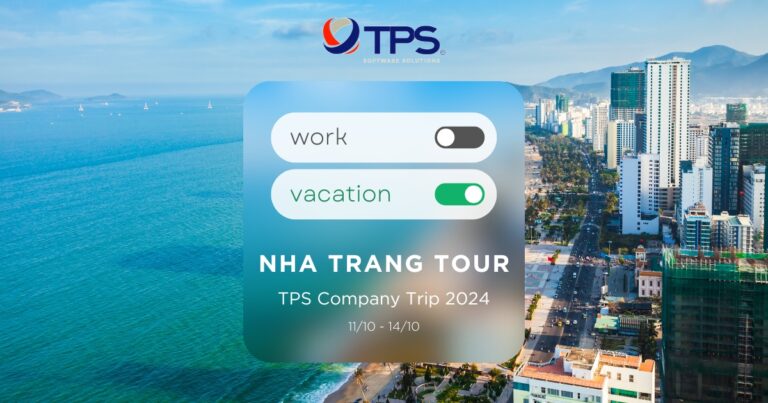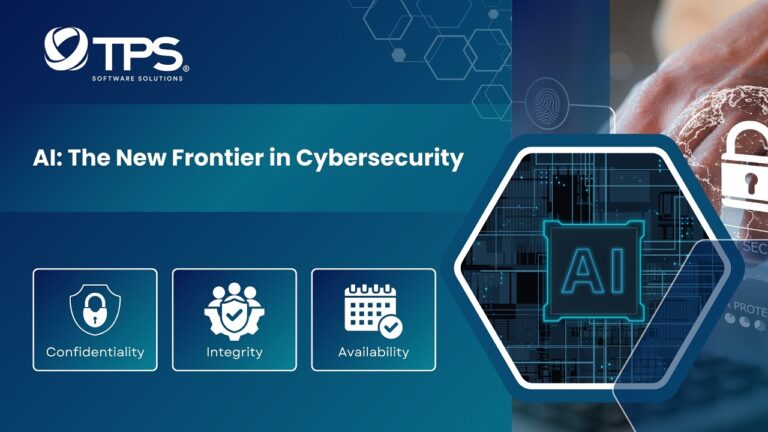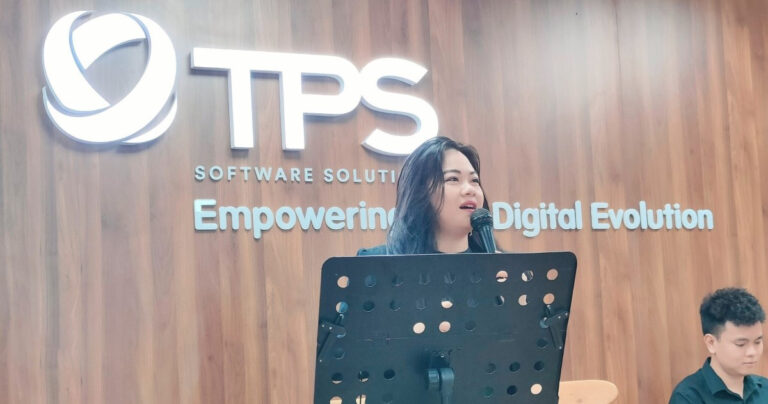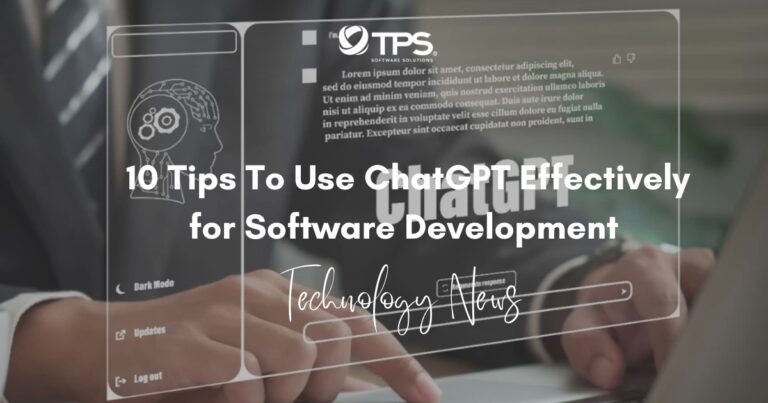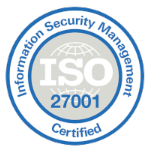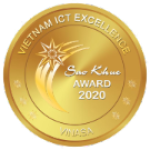Introduction to IoT Platforms
In our increasingly interconnected world, the Internet of Things (IoT) has emerged as a transformative force, revolutionizing the way we interact with technology and the physical world around us. At the heart of this revolution are IoT platforms, which play a crucial role in enabling the seamless integration and management of IoT devices, data, and applications.
An IoT platform can be thought of as a comprehensive software framework that facilitates the communication, data collection, analysis, and control of a vast network of interconnected devices and sensors. It acts as a centralized hub that connects various IoT components and provides the necessary infrastructure to develop, deploy, and manage IoT applications.
In this comprehensive guide, we will explore the world of IoT platforms in depth. We will delve into the key components of IoT ecosystems, understand the role and functions of IoT platforms, examine the essential features to consider when choosing a platform, explore popular platforms in the market, and discuss best practices for implementation.
Whether you are a business owner looking to implement IoT technology, a developer seeking to build innovative applications, or simply an enthusiast curious about the possibilities of IoT, this guide will serve as a valuable resource to navigate the intricate world of IoT platforms and make informed decisions. So, let’s embark on this journey of exploration and discovery as we unravel the realm of IoT platforms together.
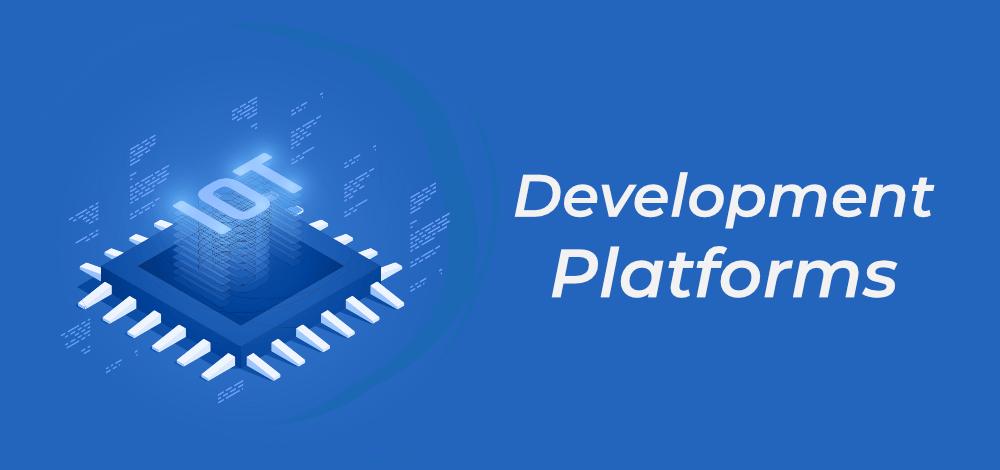
Understanding IoT and its Components
The Internet of Things (IoT) is a network of interconnected physical devices, vehicles, appliances, and other objects embedded with sensors, software, and connectivity capabilities that enable them to collect and exchange data. This vast network of devices forms an ecosystem where the digital and physical worlds converge, creating new possibilities and transforming various industries.
To gain a comprehensive understanding of IoT, it is crucial to familiarize ourselves with its key components:
Devices and Sensors:
IoT devices are the physical objects that are equipped with sensors, actuators, and connectivity capabilities to interact with the environment and collect data. These devices can range from simple sensors like temperature or motion detectors to complex devices like industrial machinery or smart home appliances.
Connectivity and Communication Protocols:
IoT devices require connectivity to communicate and exchange data. They can utilize various communication protocols such as Wi-Fi, Bluetooth, Zigbee, cellular networks (2G, 3G, 4G, and 5G), or even specialized protocols like LoRaWAN for long-range, low-power applications. The choice of protocol depends on factors like range, power consumption, data throughput, and scalability requirements.
Data Management and Analytics:
IoT generates an enormous amount of data from devices, sensors, and other sources. Effective data management is essential to handle this influx of data. IoT platforms often include data storage, processing, and analytics capabilities. This enables organizations to extract valuable insights, detect patterns, and make data-driven decisions for optimizing operations, improving efficiency, and enabling predictive maintenance.
Applications and User Interfaces:
IoT platforms provide the tools and frameworks for developing applications that interact with and control IoT devices. These applications can range from simple mobile apps to complex enterprise-level software. User interfaces allow users to monitor and manage connected devices, visualize data, and trigger actions based on predefined rules or conditions.
IoT systems typically involve a combination of these components working together to create a connected ecosystem. Devices collect data through sensors, which is then transmitted to a central hub or cloud infrastructure. The data is processed, analyzed, and stored, and insights are derived. Applications and user interfaces provide the means for users to interact with the IoT system, monitor device status, and perform actions.
By harnessing the power of IoT, businesses can achieve improved operational efficiency, cost savings, enhanced decision-making capabilities, and innovative customer experiences. From smart homes and cities to industrial automation and healthcare, IoT is reshaping industries and opening up a world of possibilities.
In the next sections of this guide, we will delve deeper into the role of IoT platforms and explore how they facilitate the management and integration of these IoT components, enabling organizations to harness the full potential of IoT technology.
Role of IoT Platforms
IoT platforms play a pivotal role in the successful implementation and management of IoT ecosystems. These platforms provide a comprehensive set of tools, services, and functionalities that enable businesses and developers to build, deploy, and manage IoT applications effectively. Let’s explore the key functions and capabilities that IoT platforms offer:
Device Management and Connectivity:
IoT platforms facilitate the onboarding, provisioning, and management of a large number of devices within an IoT ecosystem. They provide features to discover and connect devices, remotely monitor their status, configure settings, perform firmware updates, and manage device lifecycles. IoT platforms ensure seamless connectivity between devices, gateways, and the cloud, enabling reliable communication and data exchange.
Data Collection, Storage, and Processing:
IoT platforms offer robust capabilities for collecting, storing, and processing the vast amount of data generated by IoT devices. They provide mechanisms to ingest and preprocess data, apply data transformation and normalization, and store data in scalable and secure databases or data lakes. These platforms also support real-time and batch processing techniques to analyze data and extract valuable insights.
Security and Access Control:
Security is a critical aspect of IoT deployments, as interconnected devices are vulnerable to cyber threats. IoT platforms incorporate robust security measures to protect data and devices. They offer features like authentication, encryption, access control, and secure communication protocols to safeguard the integrity, confidentiality, and availability of IoT systems.
Application Development and Integration:
IoT platforms provide a development environment and tools to create customized IoT applications. They offer software development kits (SDKs), application programming interfaces (APIs), and frameworks that simplify the process of building, testing, and deploying IoT applications. Moreover, IoT platforms support integration with third-party systems, services, and cloud platforms, enabling seamless interoperability and data sharing.
Analytics and Insights:
IoT platforms often include built-in analytics capabilities or integrate with external analytics tools. These features enable organizations to derive meaningful insights from IoT data. IoT platforms support data visualization, dashboards, and reporting functionalities to help users understand and interpret the collected data. Advanced analytics techniques, such as machine learning and predictive analytics, can be applied to identify patterns, anomalies, and trends for proactive decision-making.
By offering these functions and capabilities, IoT platforms simplify the complexity of building and managing IoT solutions. They provide a centralized control center where businesses can monitor, control, and analyze their IoT deployments efficiently. With an IoT platform, organizations can harness the potential of IoT technology to improve operational efficiency, optimize resource utilization, enhance customer experiences, and drive innovation.
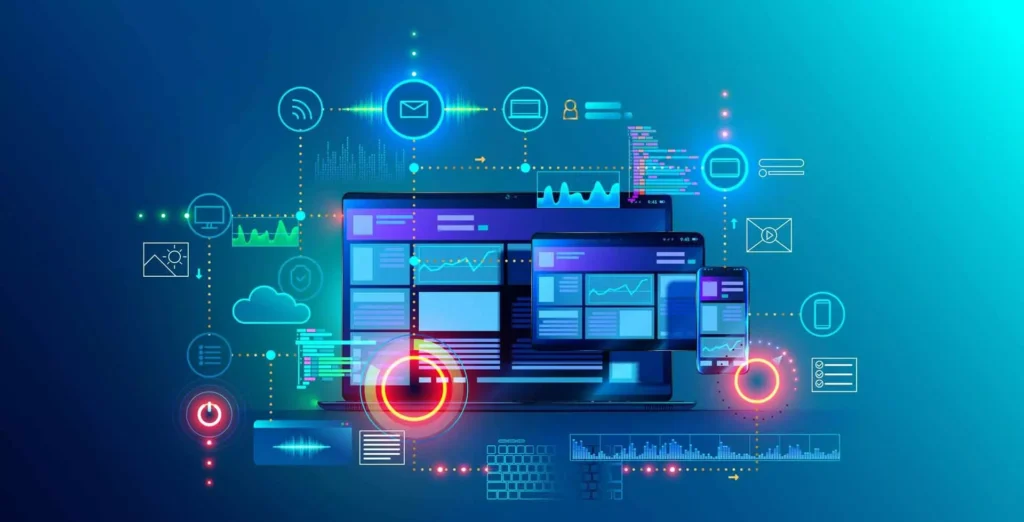
Key Features to Consider in IoT Platforms
When selecting an IoT platform for your organization, it’s important to consider various features and capabilities that align with your specific requirements. Here are some key features to consider when evaluating IoT platforms:
Scalability and Flexibility:
An IoT platform should be scalable to accommodate the growth of your IoT deployment. It should support a large number of devices, handle increasing data volumes, and seamlessly scale as your business expands. Additionally, the platform should be flexible enough to adapt to changing business needs and easily integrate with new devices, protocols, and technologies.
Device Compatibility and Protocol Support:
Ensure that the IoT platform supports the devices and sensors you plan to use in your deployment. It should be compatible with a wide range of devices and have built-in support for popular IoT communication protocols such as MQTT, CoAP, or HTTP. This allows for seamless connectivity and communication between devices and the platform.
Data Management and Analytics Capabilities:
The IoT platform should have robust data management capabilities, including data ingestion, storage, and processing. It should provide tools for data transformation, normalization, and enrichment. Look for platforms that offer built-in analytics capabilities or integration with external analytics tools. This allows you to derive valuable insights and gain actionable intelligence from your IoT data.
Security and Privacy Measures:
Security is paramount in IoT deployments. Ensure that the platform has robust security features to protect your IoT ecosystem from cyber threats. Look for features such as authentication, encryption, access control, and secure communication protocols. The platform should also comply with industry security standards and regulations to ensure the privacy and protection of sensitive data.
Integration with Other Systems and Services:
Consider the platform’s ability to integrate with existing systems, services, and cloud platforms. It should have APIs and connectors that allow seamless data exchange and interoperability with other applications and services in your organization’s ecosystem. This enables you to leverage existing infrastructure and maximize the value of your IoT deployment.
User Interface and Ease of Use:
A user-friendly interface is essential for managing and monitoring your IoT deployment. The platform should provide intuitive dashboards, visualizations, and reporting tools that allow users to easily monitor device status, visualize data, and perform necessary actions. The platform should also have a well-documented API and comprehensive documentation to facilitate development and troubleshooting.
Popular IoT Platforms in the Market
The IoT platform market offers a wide range of options, each with its unique set of features and capabilities. Here are some popular IoT platforms that have gained significant traction in the industry:
Amazon Web Services (AWS) IoT Core:
AWS IoT Core provides a comprehensive set of services and tools to connect, manage, and secure IoT devices at scale. It offers features like device provisioning, MQTT messaging, device shadowing, and integration with other AWS services like Lambda, S3, and DynamoDB. AWS IoT Core supports edge computing, machine learning, and analytics, enabling businesses to build sophisticated IoT solutions.
Microsoft Azure IoT Hub:
Azure IoT Hub is a fully managed cloud service that facilitates secure device connectivity and management. It offers bi-directional communication, device provisioning, and data ingestion capabilities. Azure IoT Hub integrates seamlessly with other Azure services, such as Azure Functions, Azure Stream Analytics, and Azure Machine Learning, enabling advanced analytics and real-time insights.
Google Cloud IoT Core:
Google Cloud IoT Core provides a scalable and secure infrastructure for connecting, managing, and analyzing IoT devices. It offers features like device registry, MQTT/HTTP communication, and cloud-to-device messaging. Google Cloud IoT Core integrates with other Google Cloud services, including Cloud Pub/Sub, Cloud Functions, and BigQuery, for data processing, analytics, and application development.
IBM Watson IoT Platform:
IBM Watson IoT Platform enables organizations to connect and manage IoT devices, collect and analyze data, and build IoT applications. It offers device management, secure connectivity, and real-time analytics capabilities. IBM Watson IoT Platform leverages IBM Watson AI services, allowing businesses to extract insights, implement predictive maintenance, and enable cognitive capabilities in their IoT deployments.
Siemens MindSphere:
MindSphere is Siemens’ cloud-based IoT platform designed for industrial applications. It provides connectivity, device management, and data analytics capabilities for industrial IoT deployments. MindSphere enables monitoring, optimization, and predictive maintenance of industrial assets, as well as integration with Siemens’ industrial automation and control systems.
PTC ThingWorx:
ThingWorx is a robust IoT platform that enables rapid development and deployment of IoT applications. It offers features like device connectivity, data ingestion, analytics, and visualization. ThingWorx provides an intuitive drag-and-drop development environment and integrates with PTC’s other solutions, such as augmented reality (AR) and product lifecycle management (PLM) tools.
These platforms are just a few examples of the many IoT platforms available in the market. Each platform has its strengths and focuses on different use cases and industries. When selecting an IoT platform, it’s important to assess your specific needs, compatibility with devices and protocols, scalability requirements, security considerations, and integration capabilities.
Furthermore, it’s recommended to evaluate factors such as pricing models, customer support, ecosystem and community support, and the platform’s roadmap for future enhancements. By carefully considering these factors and conducting thorough research, you can identify the IoT platform that best suits your organization’s goals and requirements.
Related article :
Best Practices for Implementing IoT Platforms
Implementing an IoT platform can be a complex endeavor, but with proper planning and execution, you can maximize the benefits of your IoT deployment. Here are some best practices to consider when implementing an IoT platform:
Clearly Define Your Objectives:
Before starting the implementation process, clearly define your objectives and use cases for the IoT platform. Identify the specific problems you aim to solve, the desired outcomes, and the key performance indicators (KPIs) to measure success. This will guide your decision-making process and help you select the right platform and design an effective solution.
Choose the Right IoT Platform:
Conduct thorough research and evaluate different IoT platforms based on your requirements, scalability needs, compatibility with devices and protocols, security features, and integration capabilities. Consider factors such as pricing models, customer support, ecosystem support, and the platform’s roadmap for future enhancements. Choose a platform that aligns with your long-term goals and provides the necessary features for your use case.
Ensure Scalability and Flexibility:
Design your IoT platform with scalability and flexibility in mind. Account for potential future growth and ensure that the platform can handle a large number of devices and increasing data volumes. Use technologies and architectures that allow for easy integration of new devices, protocols, and applications as your IoT deployment evolves.
Implement Strong Security Measures:
Security should be a top priority in your IoT implementation. Employ robust security measures to protect your devices, data, and communication channels. Implement authentication, encryption, access control, and secure communication protocols. Regularly update firmware and software to address security vulnerabilities. Also, consider privacy regulations and adhere to best practices for data handling and storage.
Focus on Data Management and Analytics:
Develop a solid data management strategy to handle the influx of data from IoT devices. Ensure that data is collected, stored, and processed efficiently. Implement mechanisms for data transformation, normalization, and enrichment. Leverage analytics capabilities to extract valuable insights and drive data-driven decision-making.
Prioritize User Experience:
Design user-friendly interfaces and intuitive dashboards to enable users to easily monitor and interact with the IoT platform. Provide clear visualizations and actionable insights to facilitate informed decision-making. Consider user feedback and continuously improve the user experience based on user needs and preferences.
Conduct Thorough Testing and Piloting:
Before deploying your IoT platform at scale, conduct thorough testing and piloting. Validate the platform’s performance, functionality, and interoperability with devices and applications. Identify and address any issues or bottlenecks early in the process to ensure a smooth implementation and optimal performance.
Monitor and Maintain the Platform:
Continuously monitor the performance, security, and health of your IoT platform. Implement monitoring and alerting systems to proactively detect and resolve issues. Regularly update and patch the platform to incorporate new features and security enhancements. Stay updated with the latest industry trends and advancements in IoT technology to optimize and evolve your deployment.
Foster Collaboration and Knowledge Sharing:
Encourage collaboration among stakeholders, including IT teams, developers, and business units. Facilitate knowledge sharing and cross-functional communication to ensure a holistic understanding of the IoT platform’s capabilities and benefits. Promote ongoing training and education to keep stakeholders informed about new developments and best practices in IoT implementation.
By following these best practices, you can enhance the success and effectiveness of your IoT platform implementation. Remember that IoT deployments are iterative and require continuous monitoring, optimization, and adaptation to changing requirements. Regularly evaluate the performance and impact of your IoT platform and make necessary adjustments to maximize its value to your organization.
Conclusion
The Internet of Things (IoT) is revolutionizing industries by connecting devices, collecting data, and enabling innovative applications. IoT platforms play a crucial role in managing and leveraging the potential of IoT deployments. In this comprehensive guide, we explored the fundamentals of IoT platforms, including the components of IoT ecosystems, the role of IoT platforms, key features to consider when choosing a platform, and popular platforms in the market.
Understanding IoT and its components is essential for building successful IoT solutions. IoT platforms provide the necessary tools and capabilities for device management, data collection and analysis, security, application development, and integration with existing systems. By selecting the right IoT platform and implementing best practices, organizations can unlock the full potential of IoT, improve operational efficiency, drive innovation, and enhance customer experiences.
When implementing an IoT platform, it is important to clearly define objectives, choose a suitable platform, ensure scalability and flexibility, prioritize security, focus on data management and analytics, and prioritize user experience. Thorough testing, monitoring, and maintenance are crucial for ensuring optimal performance and addressing any issues that may arise.
As IoT technology continues to evolve, it is important to stay updated with emerging trends and advancements in IoT platforms. New technologies such as edge computing, artificial intelligence (AI), and 5G connectivity are shaping the future of IoT. Keeping an eye on these developments and exploring opportunities for leveraging them can provide organizations with a competitive edge in the IoT landscape.
